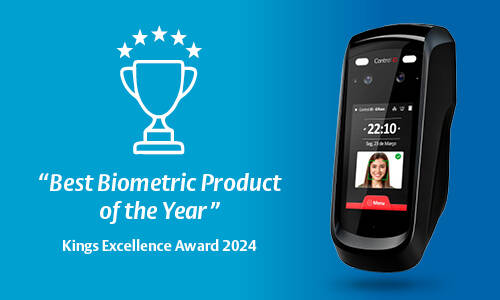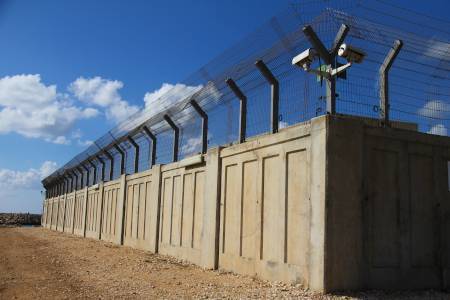The modern threat landscape calls for security teams to remain alert to a wide range of hazards – both physical and cyber.
New technology has had a catalytic effect on cybercrime, with hackers increasingly crossing the boundary into the physical security sphere due to the digital vulnerabilities of the likes of access control systems.
The onus on hardening physical and cyber security procedures has therefore never been greater. While system administrators are invariably aware of the critical nature of security systems, they often lack the tools to assess the potential exposure of their software, operating systems and physical security devices.
For example, according to our own research, 23% of users have at least one camera that uses default credentials. However, with greater connectivity of systems over the internet, an unsecure device can become the gateway to accessing a large amount of data and information. Put simply, working to protect a physical security system is also working to protect all of the other systems and data on that network.
Due to the threat from this continued convergence, Genetec’s Security Center 5.8 offers a powerful new tool for system administrators to protect software, operating systems and physical security devices. An open-architecture platform, it unifies video surveillance, access control, automatic number plate recognition (ANPR), communications, and analytics, and aims to tackle these common challenges security professionals are currently facing.
One aspect it addresses is the fact security teams are on the whole expected to canvas significant areas. Whether it’s an entire campus through to remote sites, security teams can be stretched thin as they need to be in different places at once.
A key feature of Security Center’s interface is the ability to monitor a security system while on the go – through a mobile app which gives operators a valuable new asset in the security environment. This app allows users to record incidents, access nearby video and access control, as well as sharing video from their phones to Security Center. This provides the user with actionable information, that can be shared across the whole security team – allowing them to respond according to the situation at hand.
In addition, this is displayed in user-friendly, highly customisable dashboards, presenting all desired information logically, including real-time data from the scene of an ongoing incident. These dashboards show live video feeds from the exact locations where an alarm may have been triggered and provides users with insightful reports and charts depending on their interest area.
It also helps address system weaknesses, by providing a Security Score to track each system’s compliance with hardening guidelines, firmware availability/updates, and password strength. As mentioned above, when one in four firms are leaving their technology to run via default passwords, a huge threat-scape is opened up. Available through the built-in System Health dashboard, Security Score will measure individual cybersecurity processes and verify that they are followed by the system. This will enable users to get a better understanding of the cyber security risks they face and advise them to how to take the necessary steps to harden their system.













